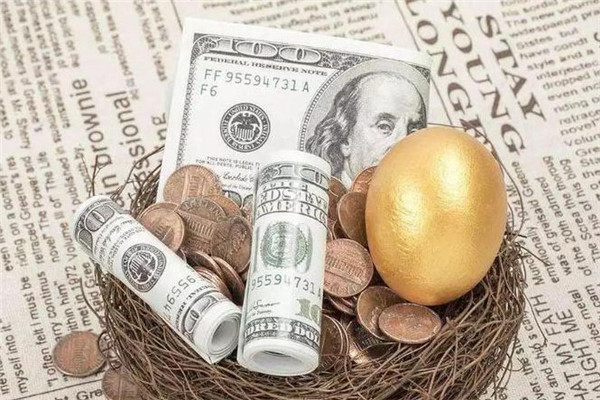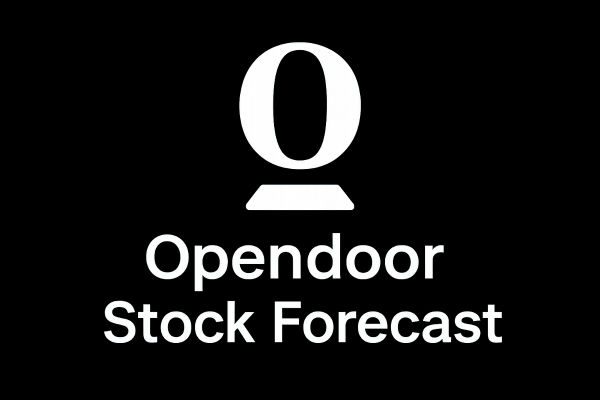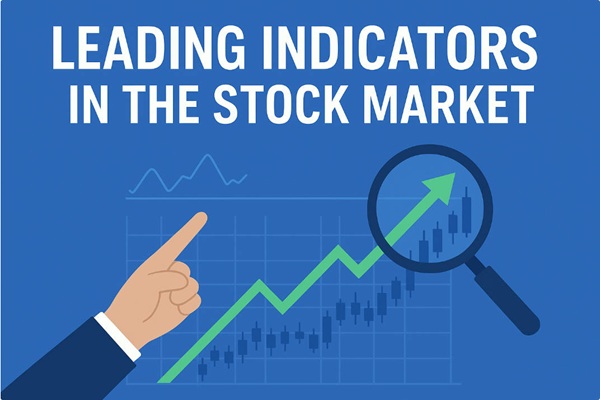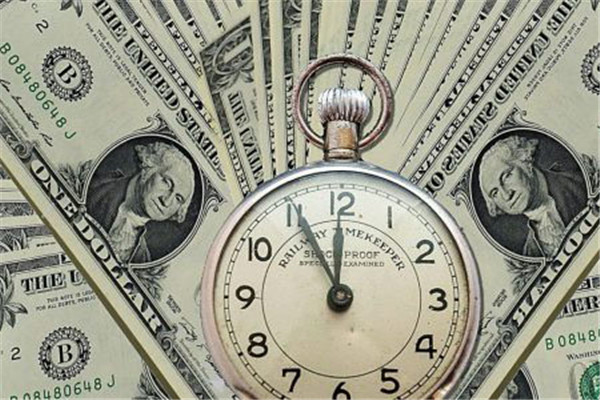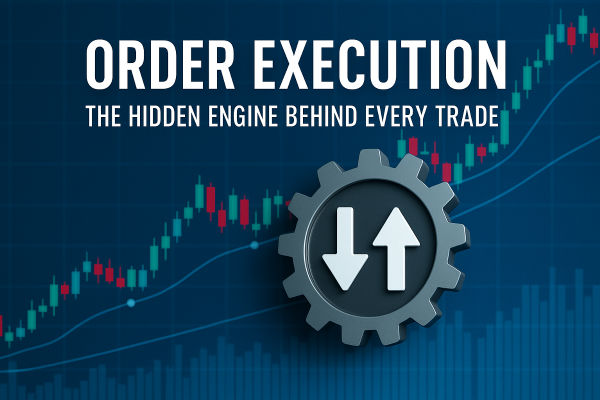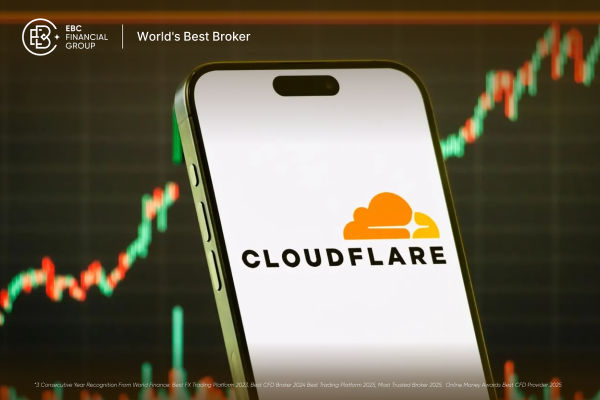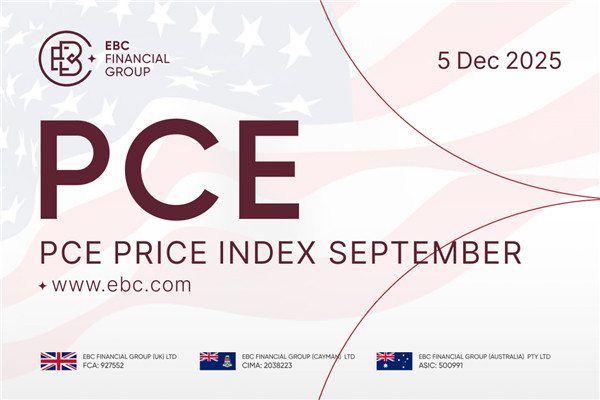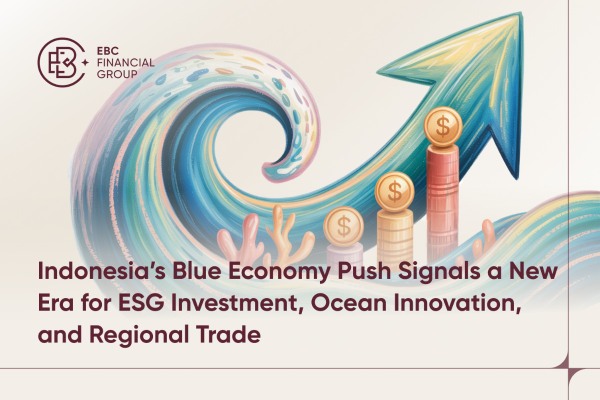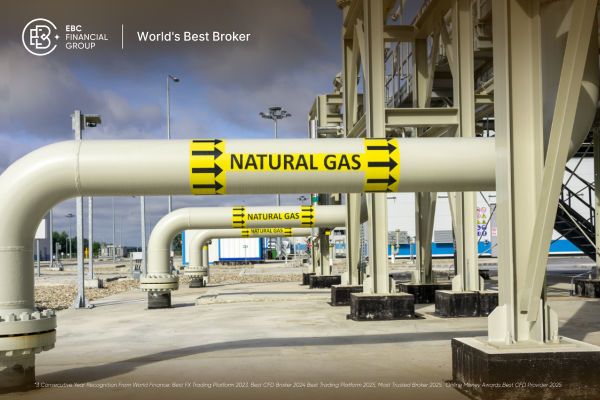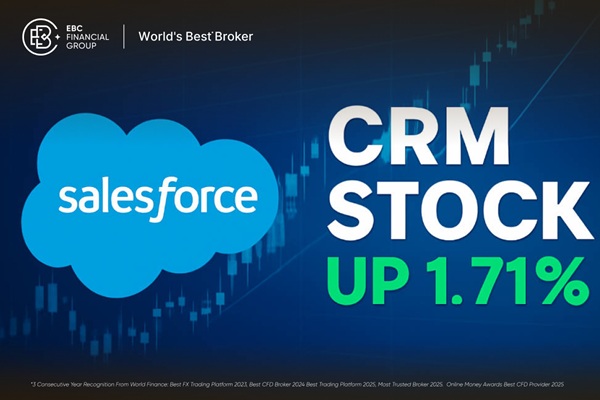Forex futures trading, as long as the required margin is paid, any investor can trade through forex futures brokers. The restrictions on customers are not as strict as long-term forex trading, because in long-term trading, participants are mostly professional Securities traders or large manufacturers with good banking relationships, making it difficult for individual investors and small and medium-sized enterprises to have the opportunity to participate in long-term forex trading.
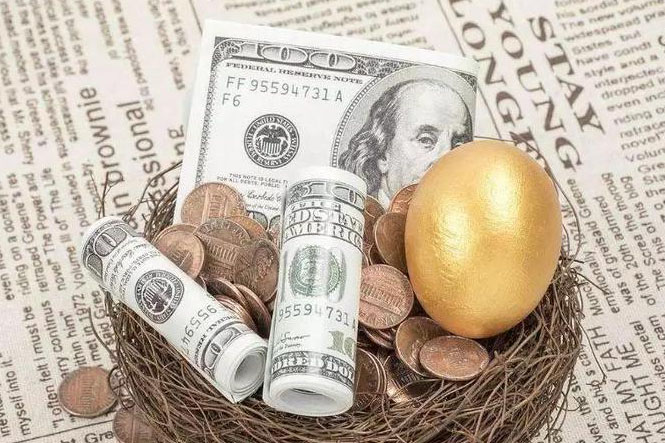
Both parties involved in forex futures trading must pay margin and settle daily through the futures exchange, calculate profits and losses on a daily basis, and make up or return excess margin. Whether to pay margin for long-term forex trading depends on the relationship between the bank and the customer, and usually no margin is required. The gains and losses from long-term forex trading should be settled on the contract expiration date.
Forex futures trading is conducted through publicly raising prices on futures exchanges. The two parties to the trading are not in contact with each other, and each party uses a clearing house as a settlement intermediary to bear credit risk. Futures and currency varieties, delivery periods, trading units, and price changes. Currency is limited to a few major currencies.
Long term trading is conducted off the exchange. The trade is conducted by the buyer and seller as counterparties through phone or fax, without currency restrictions. The trade amount and maturity date are determined by both the buyer and seller. When the economy is sluggish, the risk of counterparty default increases, and there are no special restrictions on trading time, location, price, and market disclosure.
In forex futures trading, forex is usually sold at the cost of domestic currency. For example, in the US market, only US dollars are quoted. Therefore, risk aversion between currencies other than the US dollar, such as the Mark and the Japanese yen, can only be represented by selling the Japanese yen or the Mark, thus forming two trading. In long-term forex trading, different currencies can be traded directly.
Due to the clearing of trading intermediaries, amounts, and terms, forex futures trading does not implement spot delivery. The unsettled amount is calculated daily and settled through deposit increase or decrease. Although the futures contract indicates the delivery date, it can be transferred before the delivery date to implement hedging and reduce and diversify exchange rate risk. Of course, the actual difference should be spot delivery, and the proportion of this part is very small. In long-term forex trding, settlement or contract performance should be made on the delivery date.
In summary, the three elements of forex forward trading are the trading currency, trading amount, and delivery date. Trade currency refers to the type of currency agreed upon by both parties, trade amount refers to the trade amount agreed upon by both parties, and delivery date refers to the delivery date agreed upon by both parties, that is, delivery will take place on a specific date in the future. These three elements are the basic components of forex forward trading and are also the contents that both parties need to clearly agree on before trading.
【 EBC Platform Risk Reminder and Disclaimer 】: There are risks in the market, and investment needs to be cautious. This article does not constitute investment advice.
